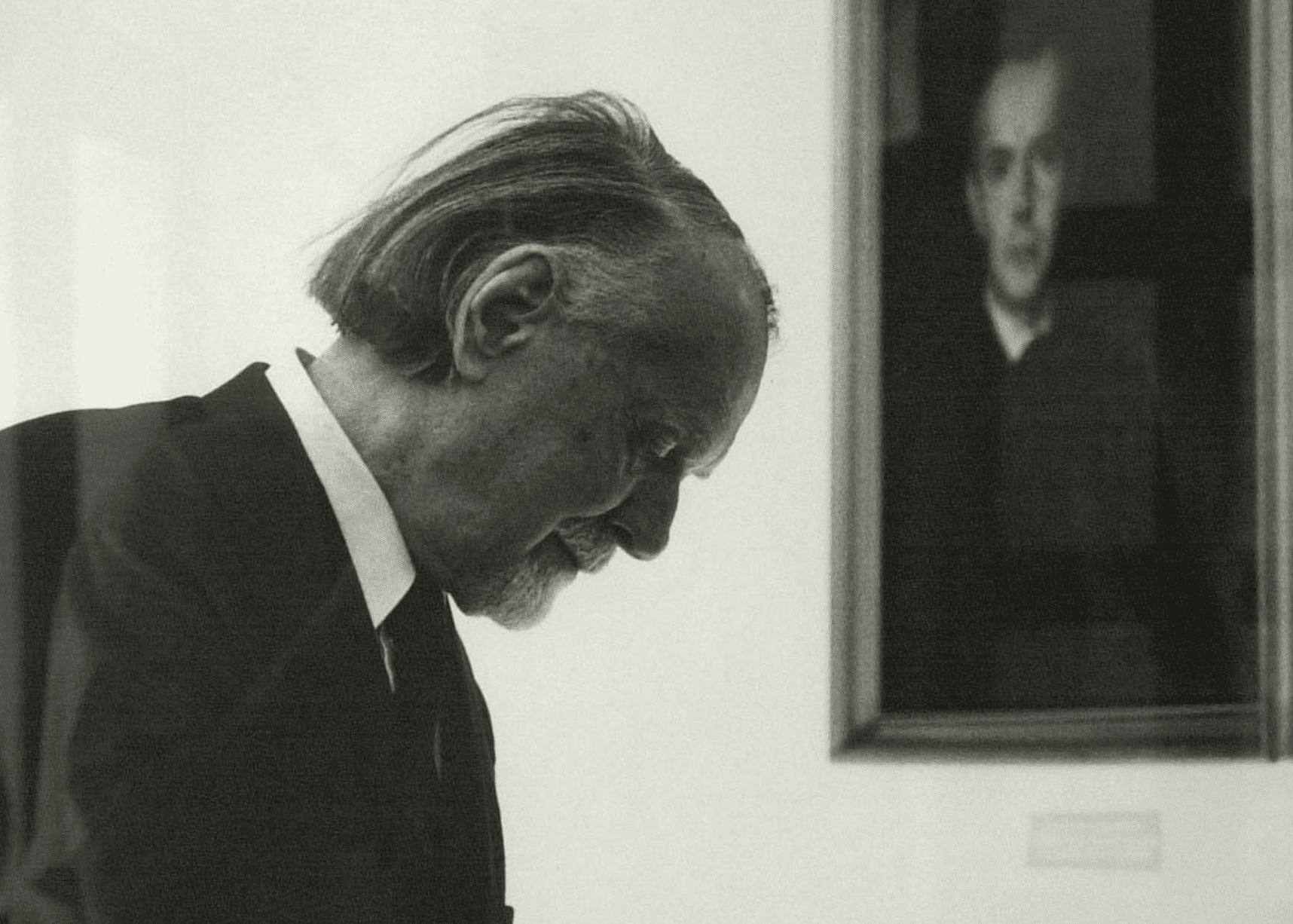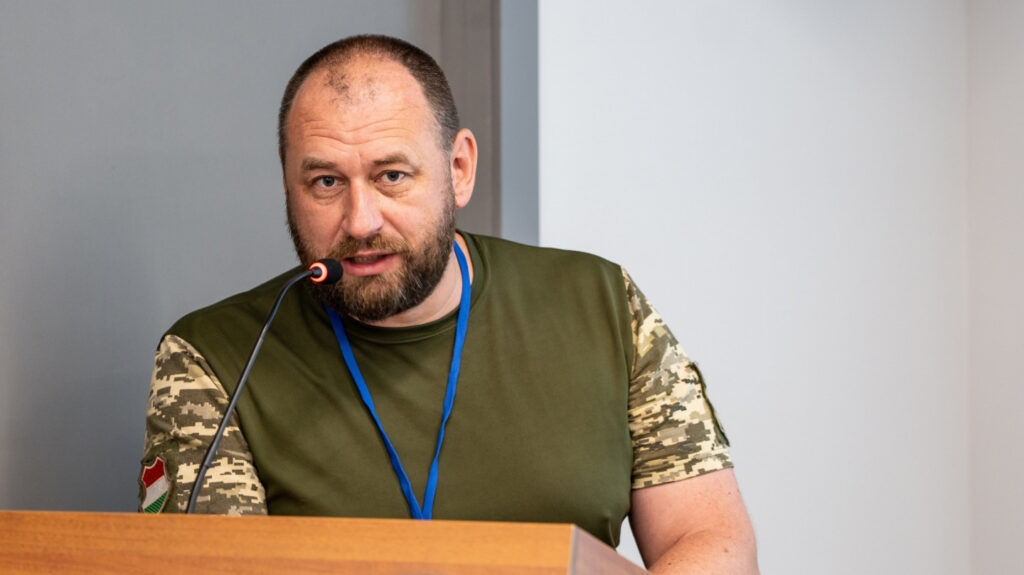Zoltán Kodály was a Hungarian composer, ethnomusicologist, and pedagogue. He is internationally recognized for the invention of the Kodály method in music education. He was born 140 years ago on this day, 16 December 1882 in Kecskemét. He learnt to play the violin from a very young age, and in his late teens he joined the Royal Hungarian Academy of Music. He visited remote Hungarian villages in 1905 for the first time to record their music on phonograph cylinders. It was in that same year that he met with the later world-famous Béla Bartók, a young fellow composer around this time. The two quickly developed a close relationship, becoming lifelong friends and colleagues who greatly influenced each other’s work. In 1906 the two composers published a work together about Hungarian folk songs, after recording and notating songs from all around the country.
Their pioneer work highlighted for the first time the cultural significance of Hungarian local music traditions.
Both young composers gained national fame in 1923 when Budapest celebrated the fiftieth anniversary of the union of Pest and Buda, marking the birth of Hungary’s capital. On the occasion Kodály’s Psalmus Hungaricus and Bartók’s Dance Suite were premiered. Between 1946 and, 1949 Kodály served as the President of the Hungarian Academy of Sciences. In 1948 and 1952 he was awarded the Kossuth Prize, the highest Hungarian state award recognizing his outstanding achievements in the field of music.
In 1966 Kodály famously toured the United States, popularizing both his works and his method in music education. Kodály was interested in the problems of music education throughout his career and he composed many pieces to help children learn music. According to Kodály himself, he became interested in music education when he happened to come across a group of schoolchildren singing songs and he was appalled by their musical illiteracy, which inspired him to improve the quality of music education in Hungarian schools. The method that he developed matches the level of complexity of music education to child development—as children grew older, the more difficult the tasks become for them to perform, thus they are gradually immersed in the world of music.
Kodály also introduced visual signs (hand signs), movement (clapping and walking) and rhythm syllables
to appeal to most of the senses to improve children’s comprehension of and affinity for music. The method was not only successful in improving children’ music skills, allowing them to sing more complexed music, improving intonation and other music-related skills, but also improved children’s performance in other academic fields as well such as mathematics. Although he never wrote down the exact parameters of his method, the principles of his approach to music education were soon picked up by other educators as well and following World War II the Kodály method became widely used in Hungarian schools. By now the method has gained international recognition and is used in many other countries, too. Marking the significance of Kodály’s concept of music education, in 2016 the method was inscribed on the list of UNESCO’s Intangible Cultural Heritage.
Both of Kodály’s wives played an influential role in his life. Kodály met his first wife, Emma Sándor, who was 19 years older than him, when Emma enrolled in his composition class (she herself was a composer and a pianist). The couple married in 1910 and although Kodály’s friends did not expect the marriage to last due to the age difference, the relationship proved to be very successful and loving. Emma also collected folk songs as his husband, and was a real inspiration to Kodály at all stages of his career. Emma kept a very detailed diary of their life together, which has become a great source of information about the world-famous composer’s life. Emma died after 48 years of marriage in 1958. Kodály was devastated by his beloved wife’s death, until a year later he found new love in singer Sarolta Péczely, a 19-year-old student of his. Sarolta greatly inspired Kodály in the remaining eight years of the great composer’s life. After Kodály’s death, Sarolta dedicated her life to the preservation and popularization of the legacy of her husband.








